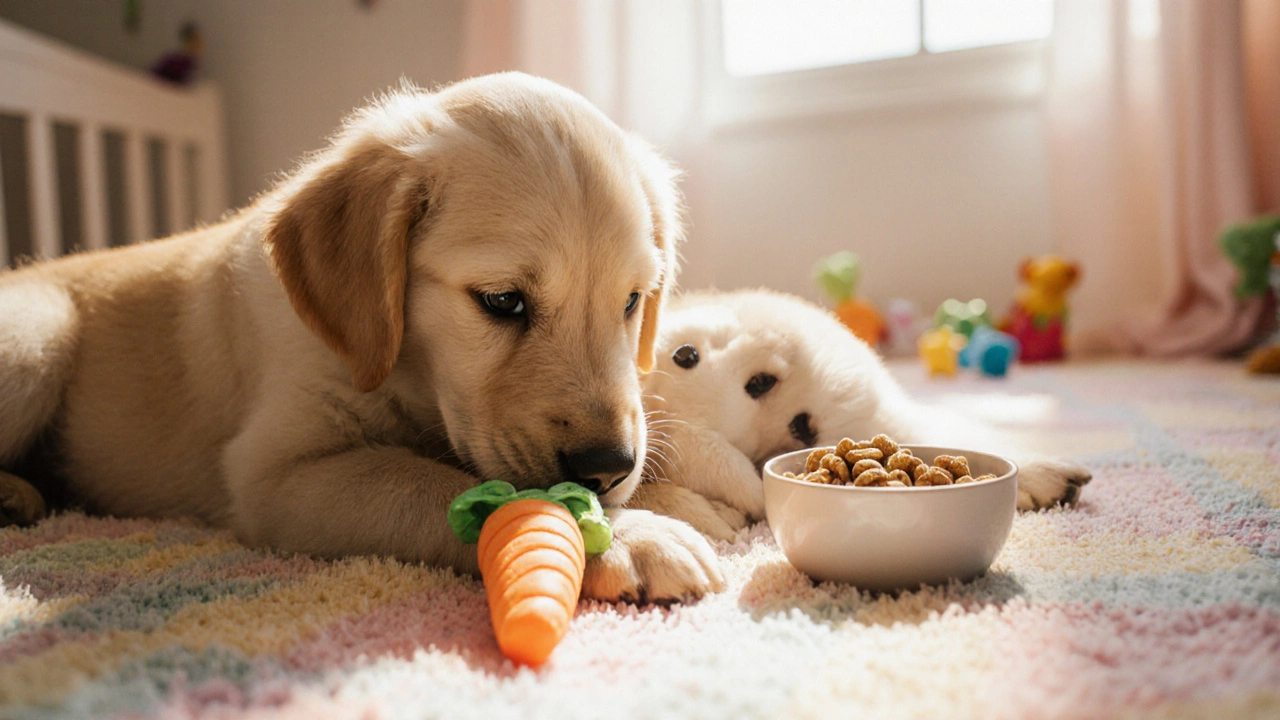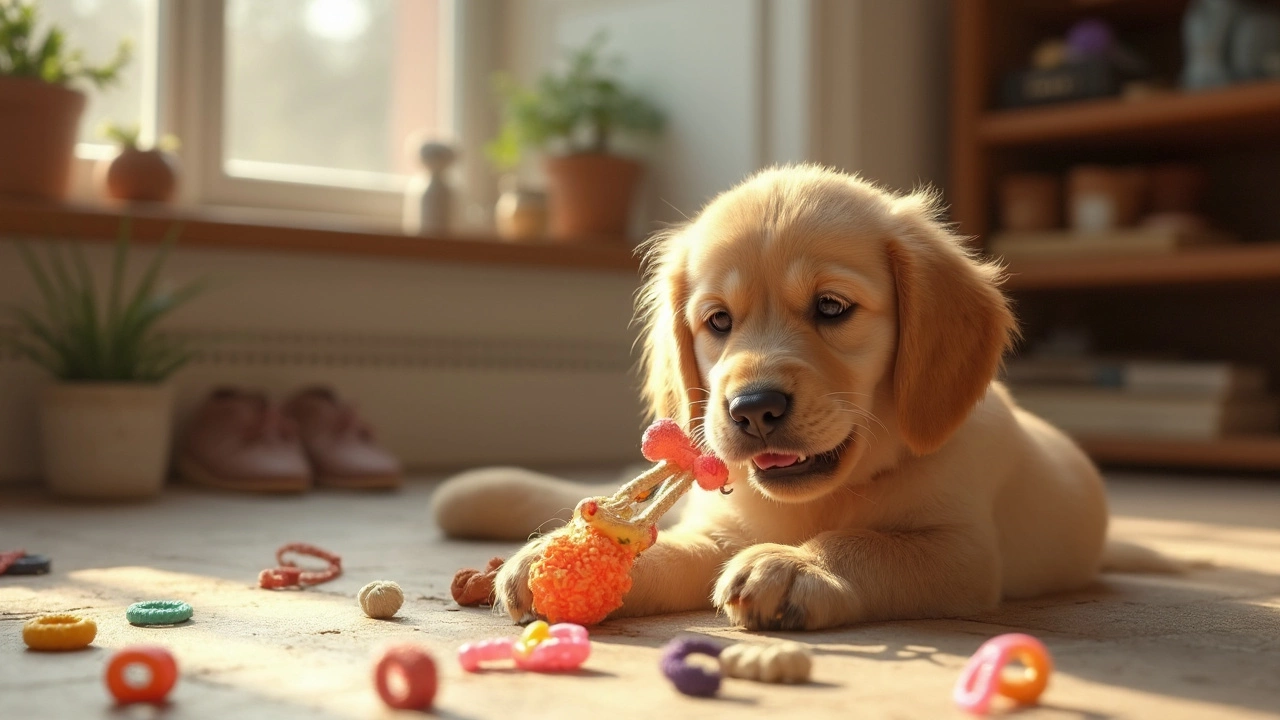Puppy Teething: Fast Relief and Smart Care
Got a new pup who’s chewing everything in sight? Chances are they’re in the teething phase. It’s normal, but the constant gnawing can stress you and hurt your furniture. Below are practical steps you can take right now to calm your puppy’s sore gums and keep them safe.
How to Tell Your Puppy Is Teething
First, spot the signs. A teething puppy will chew more than usual, especially on toys, cords, and your shoes. You’ll notice a slight drool and maybe a whine when you touch their mouth. Their gums often look pink and puffy, and you might see a tiny tooth or two breaking through.
The timing is pretty predictable. Most puppies start showing signs around three weeks old and hit the peak around six to eight weeks. By four months the stage usually winds down, but some pups keep a chewing habit longer.
Top Teething Solutions That Actually Work
1. Cold Chew Toys – Freeze a rubber toy or a damp washcloth for 15 minutes. The chill numbs the gums, and the texture gives your pup something safe to bite. Make sure the toy is sturdy enough not to break into small parts.
2. Wet Cloths – Wet a clean washcloth, twist it into a rope, and freeze. Puppies love the softness, and the cold eases the ache. Replace the cloth often to keep it clean.
3. Dental Bones – Look for bones made from natural beef or pork, with no added chemicals. These dissolve slowly, giving a gentle massage to the gums while providing nutrition.
4. Frozen Fruit – Small pieces of banana or apple (no seeds) can be chilled and offered. The natural sweetness makes it a treat, and the cold helps.
5. Regular Feeding Schedule – Feeding dry kibble that’s appropriately sized can also massage gums. If you’re feeding wet food, try a mix of soft kibble to give a bit of texture.
Keep these items out of reach when you’re not watching, and rotate toys so your puppy stays interested. If your pup swallows something they shouldn't, call your vet right away.
Extra Care Tips
- Check gums daily for redness or pus – those could be signs of infection.
- Start a gentle brushing routine with a dog‑safe toothbrush once the teeth appear.
- Avoid human toothpaste; it can upset a puppy’s stomach.
- Make sure your puppy gets enough calcium – a balanced diet supports healthy teeth.
When the teething phase ends, many puppies still love to chew. Give them sturdy toys to prevent bad habits from forming later.
If the chewing seems excessive, or your puppy shows signs of pain beyond normal teething, schedule a vet visit. Sometimes an underlying issue, like a cracked tooth, needs professional care.
Bottom line: a mix of cold toys, safe chews, and regular mouth checks will get your puppy through the painful weeks with less damage to your home. Stay patient, keep the options fresh, and enjoy watching your pup grow a healthy smile.
Posted By Bryndle Redding On 11 Oct 2025 Comments (0)
What Age Is the Hardest for a Puppy? A Practical Guide
Discover why the 8‑12 week period is the toughest for puppies, how adolescence adds a second challenge, and get actionable tips to ease each stage.
READ MOREPosted By Bryndle Redding On 20 May 2025 Comments (0)
What Can an 8 Week Old Puppy Chew On? Safe and Fun Ideas
Not sure what’s safe for an 8 week old puppy to chew on? This article breaks down the best chew options, danger zones, and tips to help you manage that constant need to gnaw. Learn how the wrong toys can hurt your puppy, why teething matters so much at this stage, and how to keep both your puppy and furniture safe. Let’s save your shoes and help your pup through the teething days without worry. Every tip here is something I’ve actually used at home.
READ MORE
